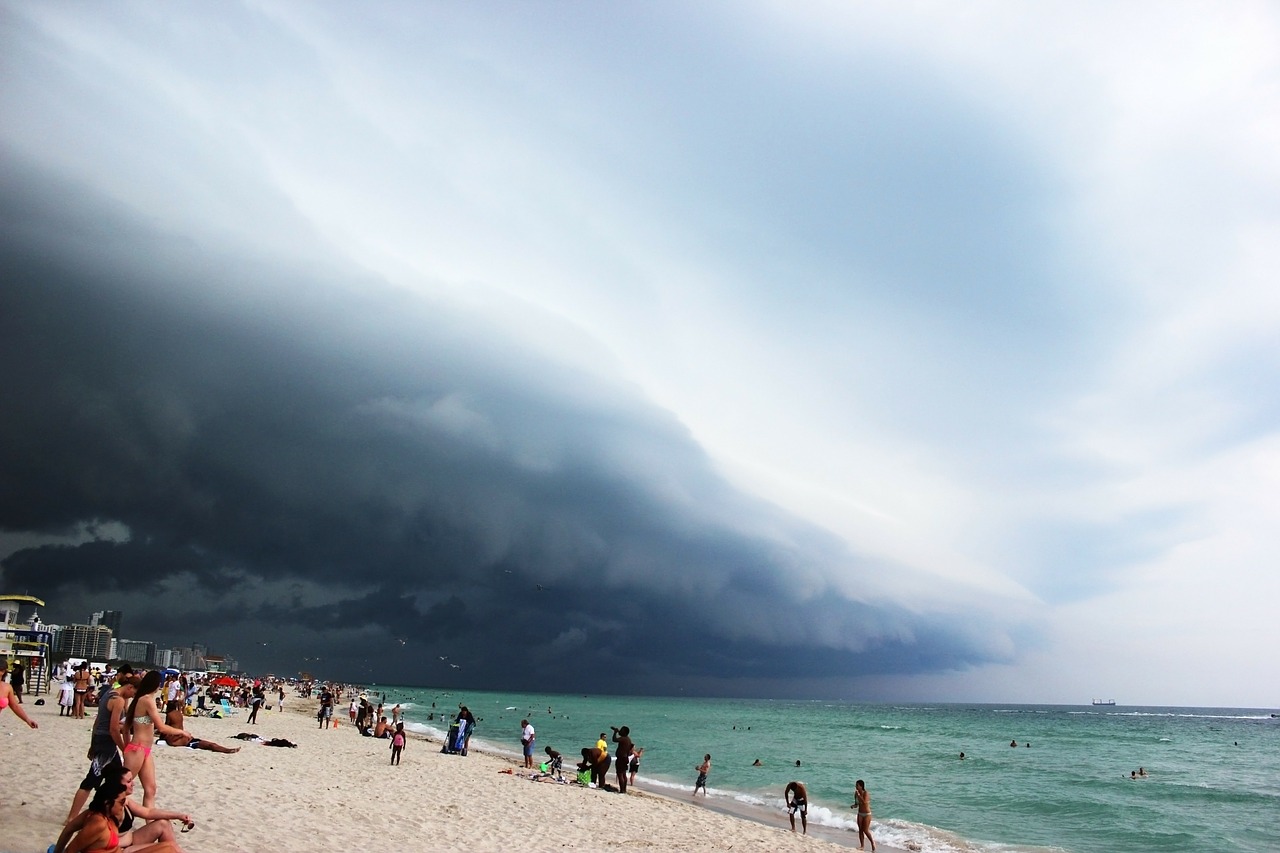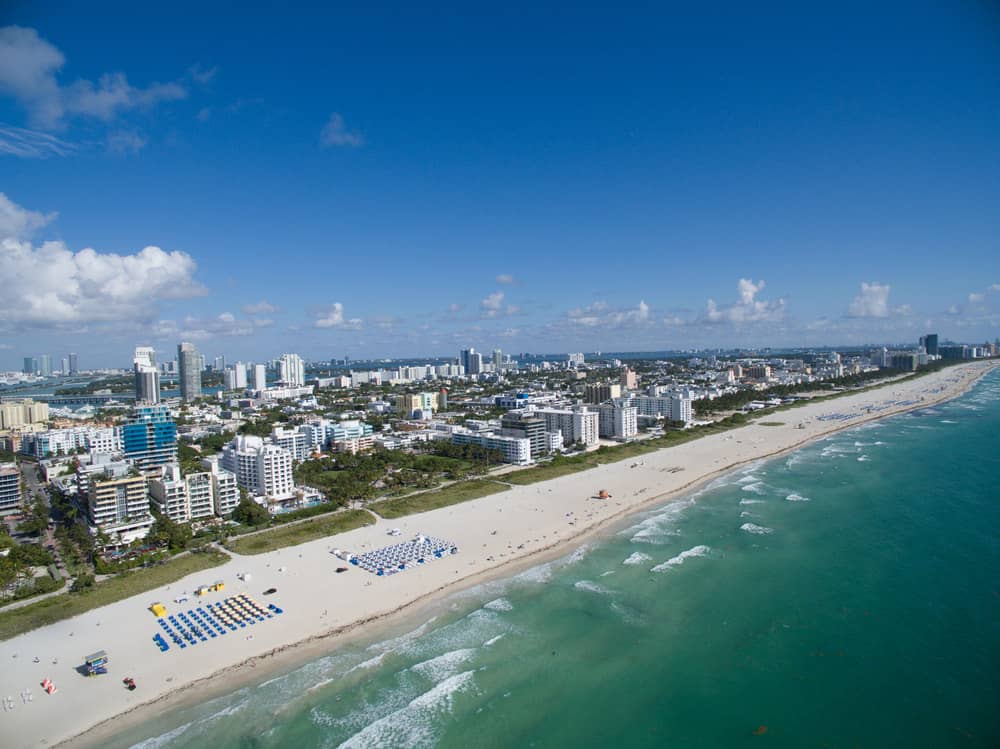

Rainfall is also significantly down, with January being the wettest of the four winter months as well as the coldest. Especially for Europeans, these temperatures make for a wonderful winter break. The lowest average is 16☌, which is still a fair temperature for exploring the city and enjoying outdoor activities without being too chilly. Winter in Miami lasts from December through to around March, with temperatures resting in the low 20☌ range. The coldest ever temperature recorded was -1☌, something that residents in some northern states of the US would consider balmy! The snow in question was only the lightest of flurries, and nothing like it has ever been seen since. Snow has only ever been recorded once in Miami: on the 19 th January 1977. The good news for those who don't like cold weather is that it doesn't ever get cold here. With the threat of big storms and monsoon-like rains have gone, this is a fantastic time to visit, with fewer tourists crowding the beaches and shopping areas. There are an average of 7 hours a day of sunshine, so you still have plenty of time to enjoy the city, while average temperatures hover around 23☌ with peaks of 26☌. If you are looking to do outdoor activities during your stay, November could be a really great choice. This also signals the end of the tropical storm season and the most humid weather, which means you can take a breather as temperatures drop slightly. There is a dramatic change by the time we get to November, however, with the rainfall dropping to 71mm, indicating the start of the drier season in Miami. The highest annual rainfall comes in October, with a massive 234mm during the month across 16 days. With October and November as the short autumn season, immediately the average figures for weather reveal this to be the wettest time of the year by far.

If your idea of a dream holiday is soaking up the rays and the sun's heat on a white sandy shore and taking the occasional swim in warm waters, then summertime in Miami is an ideal time to visit. Average sea temperatures remain around the 29-30☌ mark too, making this the perfect season for swimming and enjoying the beach. July also sees the longest days, with an average of 12 hours a day of sunshine compared to 11 hours in August and 9 hours a day in September. Statistically, however, July is a safer month for staying away from rainfall 518mm of rain falls on average across these three months, but July is the driest of them with 155mm across 15 wet days in the month.
#MIAMI MWEATHER FULL#
It's very steady all the way through the summer, which means that you have a full three months to choose from if you are thinking of visiting at peak times. Even these lows are warm by European standards. Miami shares its summer temperatures with Jacksonville in the north of Florida. The average daily temperature stays steady at 28☌ throughout these three months, with a normal temperature range of between 31☌ and 24☌. This is a time of year when you really need to pay close attention to the local weather forecast, as the rain can be pretty unpredictable. The peak summer season covers July, August, and September. April is your best bet for a dry stay, with a good compromise of warm temperatures too. The humidity starts to ramp up at the same time as the temperature, and the rainfall increases to 178mm, making it the third wettest month of the year. In June, you can really feel that summer is almost upon you. While it may not be as crowded as the peak summer times, you may wish to avoid the most popular beaches in order to get a quieter experience and don't forget sun-cream! Between 9 and 12 hours of sunshine hit the city a day, meaning that there is more and more time to see all the daytime delights it has to offer. The warmer climate signifies the approach of summer, and these months are often warmer but less humid.Īfter April is finished, it's uncommon to see temperatures falling below 20☌. The average temperatures in Miami rise from 23☌ to 27☌ as the city starts to get busier again. Spring Weather in Miamiīetween April and June, fairer weather starts to take over again. The great climate only serves to reinforce these attractions all the more. Though the city is known as a haven for retirees, it also has a lively club and beach scene which is popular with younger visitors.

Miami is a hugely popular destination for travellers, including those from within the US. You would be advised to take sunscreen and beachwear at all times of year. Humidity is one of the main factors that you need to watch out for, as the high temperatures and rising rainfall combine to create a hot and sticky atmosphere. You will see only a small variation in the average daily heat, largely due to the tropical climate that the area enjoys. The weather in Miami maintains a reasonably stable climate all year round, with warm temperatures, even in the winter.


 0 kommentar(er)
0 kommentar(er)
